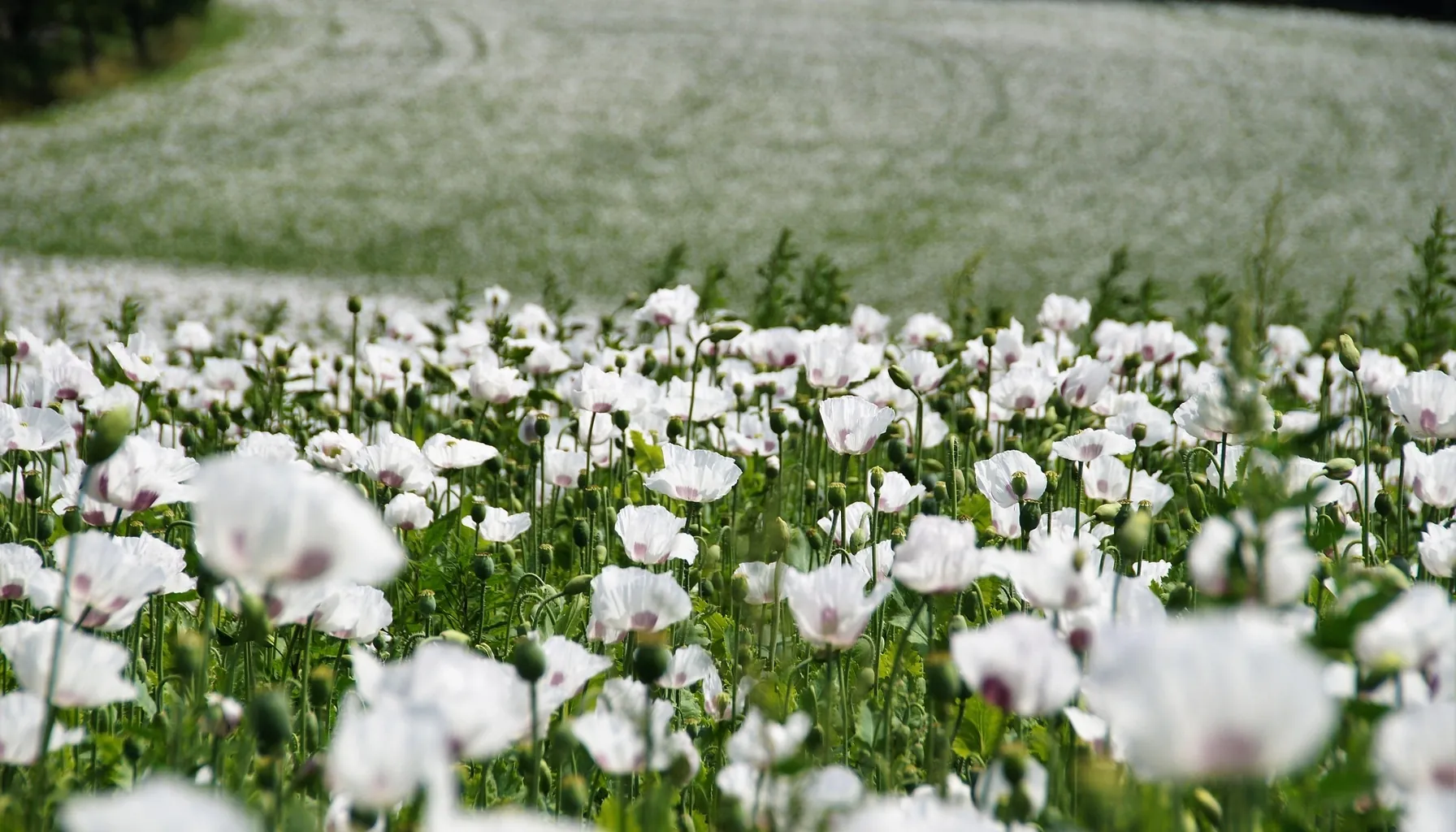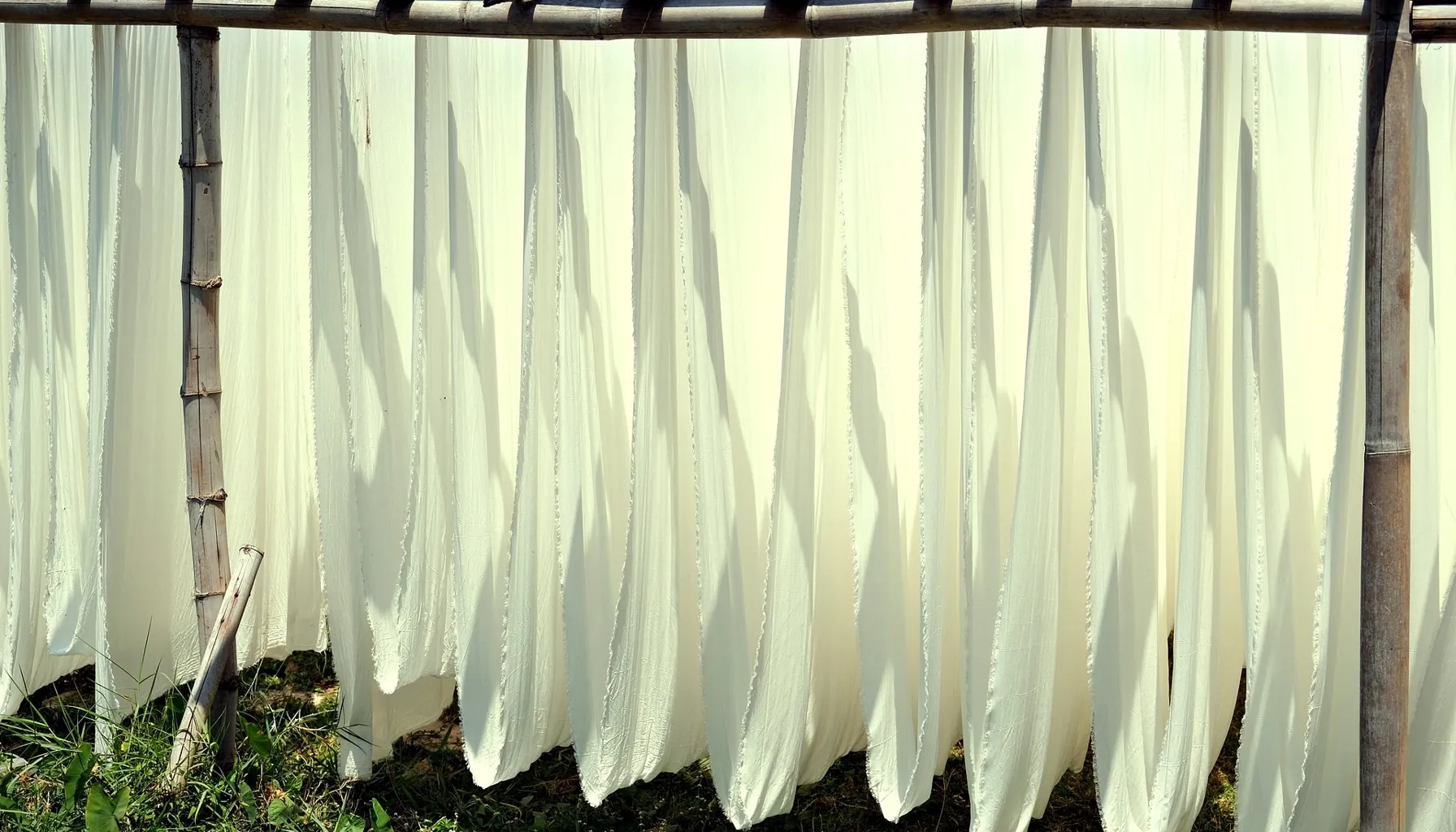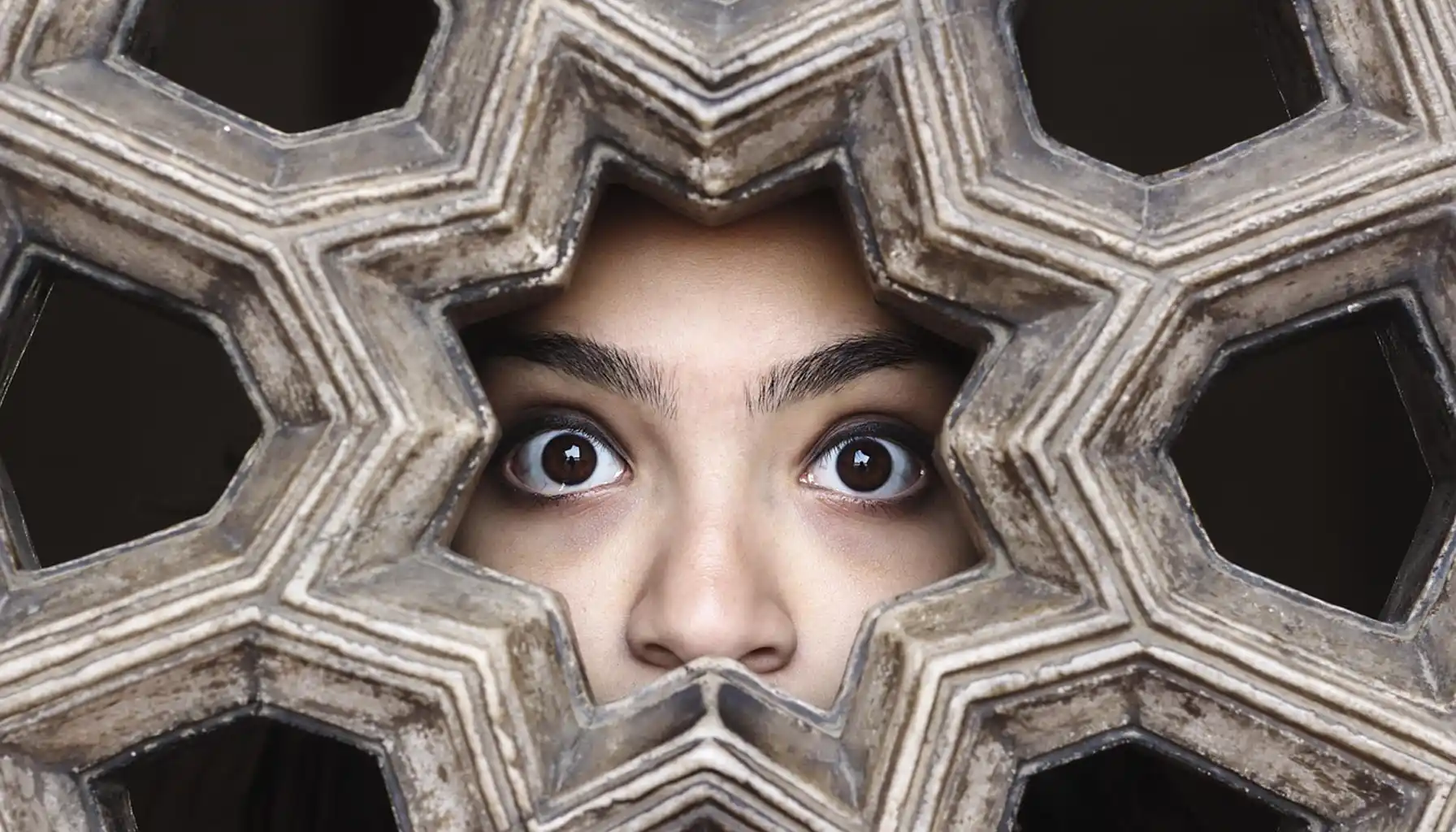Contents:
White is everywhere: snow crunches underfoot, a freshly laundered shirt sparkles, hospital walls feel oppressive in their sterility, and a wedding dress seems like a symbol of new life. For many, it's just a color — somewhere festive, somewhere cold, and most often just a familiar backdrop.
But for some, white isn't decoration, but a warning sign. Instead of calm, it sets off a sharp spasm inside, a desire to turn away or leave.
This rare fear is called leukophobia. It can interfere with the most mundane things: choosing clothes, decorating your home, or even a simple winter walk.
In such cases, various techniques come to the rescue, including modern tools like online brain games that help train concentration and curb reactions.

What is Leukophobia?
From a psychological perspective, leukophobia is classified as a specific phobia — an obsessive fear brought on by specific situations.
In this case, the trigger is the color itself. A person may feel intense tension when faced with white clothing, bright walls, hospital furniture, or even ordinary snow outside.
Cultural and Symbolic Associations of White
White carries opposing connotations across different cultures.
In some cultures, white is tied to ideas of purity — the color of weddings, fresh starts, and turning a page to a new chapter.
In other traditions, it's the color of farewell and mourning.
In medicine, white coats and walls bring associations not with ease, but with illness and cold corridors.
Our relationship with white is always linked to personal and cultural experiences. For some, white feels almost unsettling. For others, it carries heavier associations — a reminder of loss or the weight of loneliness. These very associations that can trigger a phobia.
Leukophobia Meaning in Everyday Life
In theory, a fear of color may seem strange, but for those who experience it, the consequences are quite tangible.
Behavioral Patterns and Avoidance

People often begin to:
avoid buying white clothes, even if they are comfortable or stylish;
avoid stores or spaces with bright white interiors;
feel awkward in situations where white plays a significant role (for example, at a wedding);
change routes if snow-covered streets lie ahead.
reluctance to leave the house for fear of seeing white objects;
choosing a job or hobby where the risk of exposure to color is minimal;
avoiding people who don't understand the severity of the phobia;
a tendency to surround oneself with dark or colored objects.
This type of behavior gradually limits freedom of choice and reduces quality of life.
Physical and Emotional Reactions
Contact with a trigger may cause:
increased heart rate;
dizziness;
dry mouth;
sweating;
a sharp wave of anxiety, turning into panic.
Sometimes the symptoms are similar to those of insomnia — constant internal tension prevents relaxation and normal sleep.
Table: Leukophobia Definition Through Body Reactions
Symptom | Possible Sensation |
Tachycardia | feeling like the heart is “pounding out of the chest” |
Shortness of breath | hard to take a full breath |
Tremor | shaking in hands or legs |
Nausea | up to the urge to vomit |
Sweating | especially in the palms |
Muscle tension | body feels stiff or locked |
Headache | appears suddenly against the background of anxiety |
What are Leukophobia Causes?
At the root of any specific phobia lies a combination of biological and psychological factors.
Genetics and Family Influence
Research shows that a predisposition to anxiety disorders and OCD can be inherited. A family history of similar conditions increases the risk of developing them, although this is not a guarantee.
Environmental and Traumatic Factors
White can become fixed as a source of fear after a traumatic event. For example:
an accident in snowy weather;
an unpleasant experience in a hospital associated with white walls;
being bullied at school because of pale skin or white clothing.
A symbolic trigger becomes embedded in memory and evokes a reaction even in a safe environment.

Symbolism of Purity and Perfection
For many, white is synonymous with perfectionism. A perfectly clean sheet of paper, flawless fabric, or smooth wall seems to say: "Make everything perfect." And when that doesn't happen, idealism turns from a dream into a source of stress and inner discomfort.
Diagnosis and Tests
Psychologists and psychiatrists usually make a diagnosis by talking with a person and paying close attention to how they behave. Questions often include:
What feelings does this color evoke?
How often do you think about white?
Has it forced you to change the way you live just to get by?
Have any relatives had similar experiences?
If the answers indicate movement and marked avoidance, the doctor confirms the diagnosis.
Management and Treatment
Modern approaches combine psychotherapy, exercise, and sometimes medication support.
Exposure Therapy
One of the basic methods. The patient is gradually introduced to the stimulus:
first, the color itself is discussed;
later, images are shown;
then, they are asked to touch white objects;
the final stage is being in an environment with a lot of white.
The process is supervised by a specialist to reduce anxiety without overloading.
Cognitive Behavioral Therapy
CBT helps you notice automatic thoughts associated with white, such as "this color is unsafe." Instead of panic, a new mindset develops: "It's just a color." Gradually, reactions become more manageable.
Medications and Lifestyle
antidepressants reduce anxiety;
short-term anxiolytics help manage panic attacks;
relaxation techniques — yoga, breathing exercises, meditation;
using apps like Mind Elevate to train your attention span.
reducing stress in everyday life;
quitting smoking and excessive alcohol consumption;
regular physical activity;
maintaining contact with loved ones;
developing new hobbies that distract from anxious thoughts
Leukophobia isn't the only phobia associated with colors. There's also the term chromophobia, which describes a general fear of certain shades. In each case, a similar mechanism is triggered: the symbolism of the color connects with personal experience and becomes an anxious stimulus.

Living With Leukophobia
When forced to live with this fear, people find their own ways to cope. Some surround themselves with vibrant colors and completely avoid white furniture or clothing. Others avoid white-colored foods. Gradually, such restrictions become a habit and make life more insular, depriving it of its lightness and spontaneity.
During the cold season, some people's anxiety is further exacerbated by snow, leading to the fear of snow, where the natural phenomenon itself becomes a trigger. Because snow is white, for some people these experiences overlap. The experience of an accident on a slippery road or severe frost can become fixed in their memory, and then a white blanket outside can trigger anxiety as much as a hospital.
When Fear Becomes Manageable

Timely treatment helps regain control. Even if the color white continues to cause mild anxiety, learning to manage the reaction makes it less harmful and easier to handle. People can once again move freely, participate in events, and make plans without worrying about triggers.





